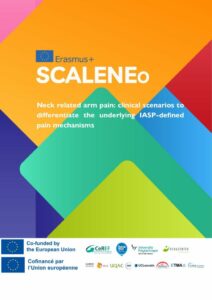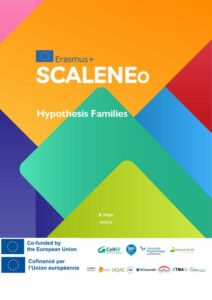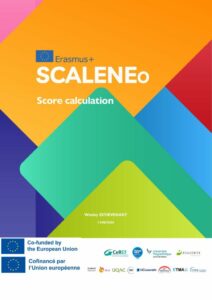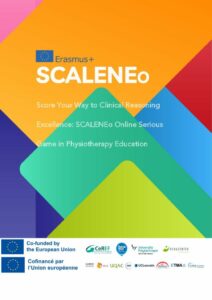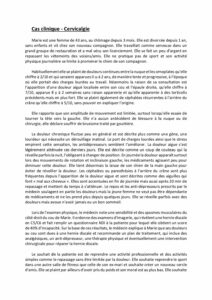The Game
Hypothesis family game
The game, called “hypothesis family game”, has been presented in Hage (2022) and will be used and transposed online during the project. It is an innovative pedagogical approach which aims, in small groups of students supervised by a trainer, to structure the analysis of a clinical case by writing the most relevant information on cards representing families of hypotheses. The analysis of the clinical case under consideration is obtained by consensus in the small group. The online approach of the game will support the transition of students and therapists to digital teaching techniques. The aim is to take advantage of the possibilities offered by information and communication technologies to develop a complete ecosystem for teaching and learning clinical reasoning in physiotherapy in the musculoskeletal field. This digital ecosystem will address both students (in initial or continuing education) and professionals who, by playing the role of trainer, will improve their pedagogical skills in teaching clinical reasoning.
Rules
Number of players
The game can take place in the context of a class or workshop in a small group. Based on our experience, the optimal number of students to play around a clinical case study seems to be 3 or 5 students per group as an odd number facilitates decision-making among players.
We also recommend a maximum of 4 to 5 groups. For novice players, it is also suggested that the teacher conduct two hours of class per workshop: the first hour will be devoted to group work, and the second hour will be devoted to a sharing of the work.
Gameplay
A clinical case is first presented to the groups orally or in writing, by the teacher or a student. These are the first two steps of clinical reasoning: data collection and problem representation. The student then selects cards representing “hypothesis families” to generate a list of hypotheses belonging to the different proposed hypothesis families. Next, the student or group of students lists, to highlight them, the key features of the clinical data by writing on the other playing cards all the information that should be considered as possible explanatory elements of the chosen hypothesis. Based on the chosen hypotheses, the student or group of students indicates, on the “asset” card of each hypothesis family, the most representative hypothesis that characterizes the presented clinical case study.
During the game, feedback with the other player(s) or teacher allows the player to confront and possibly modify their hypotheses. The student can also consult their course materials or even the internet to find a scientific article that can confirm or refute their hypothesis choices. Once all the hypotheses have been indicated, a group of students can present their hypothesis families to another group of participants. Either the same clinical case study has been analyzed and other participants can compare their hypothesis choices, or the clinical case studies are different for the students and other students can intervene to ask questions. The rules can be adapted to each level of learning. For undergraduate students, the cards with the hypotheses can be pre-filled. Thus, students will only need to select the correct hypotheses. For master’s level students, the playing cards must be filled in by the students themselves.
End of game
The game ends when together, the player(s) and the teacher have gone through all the possible hypotheses
